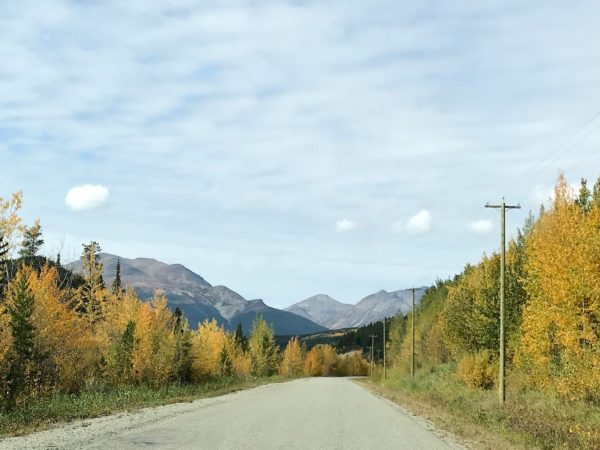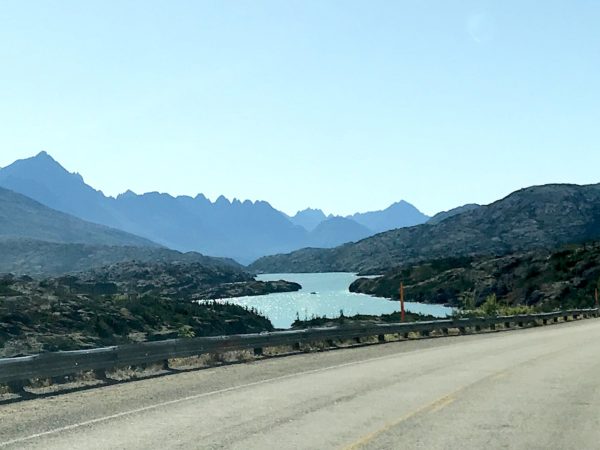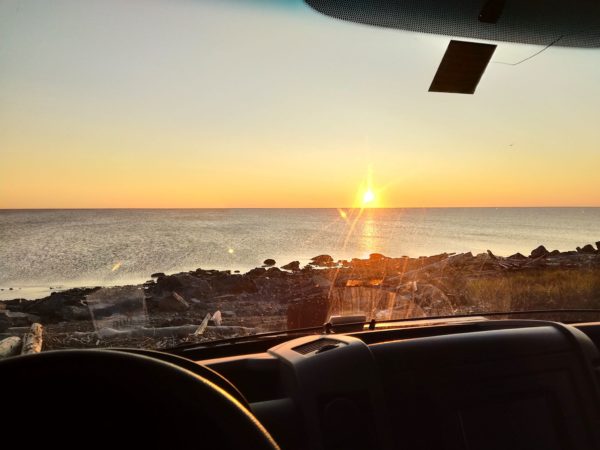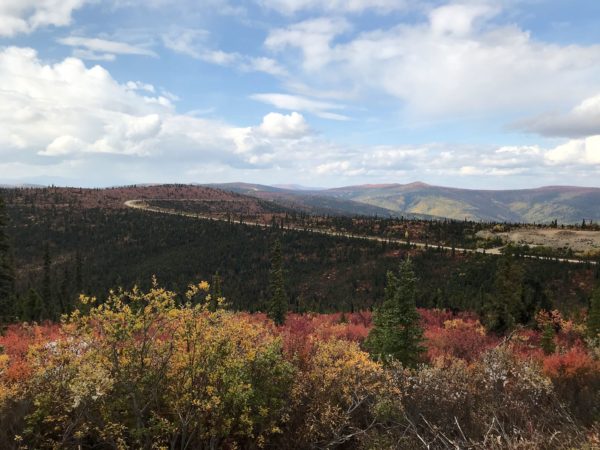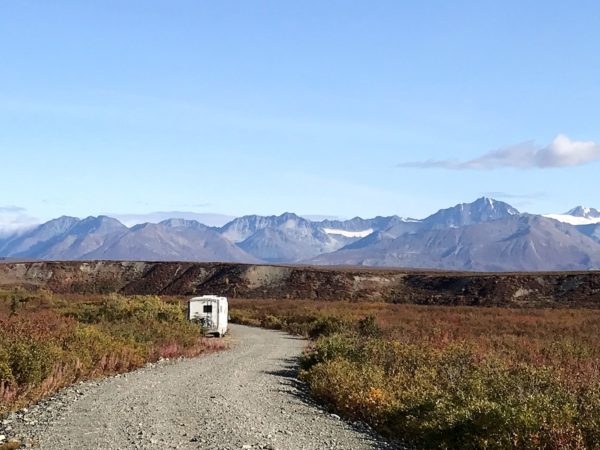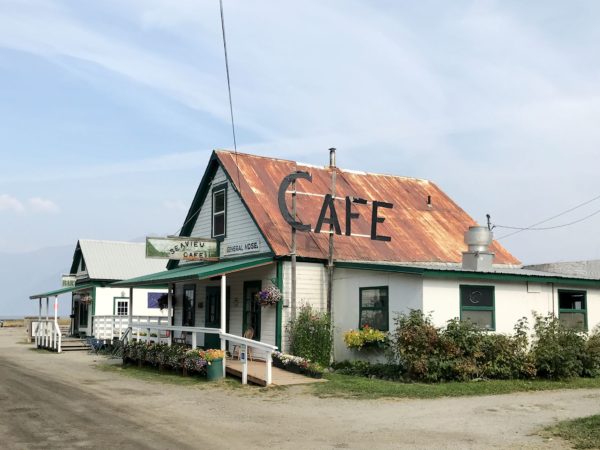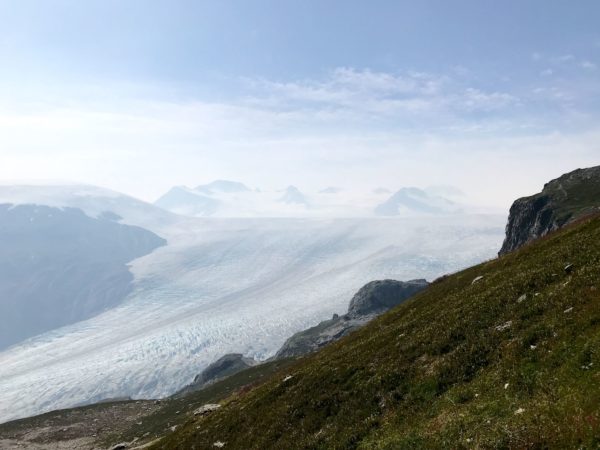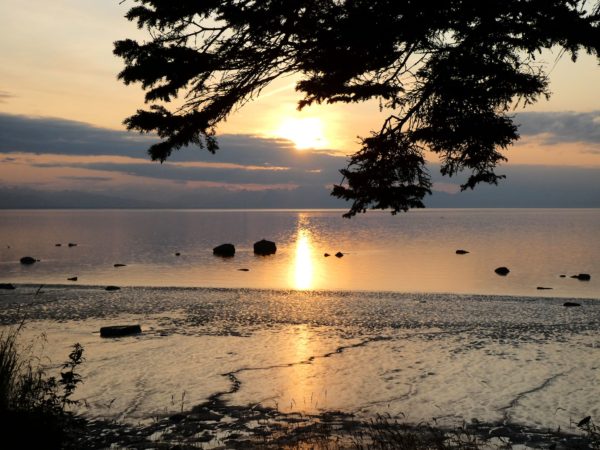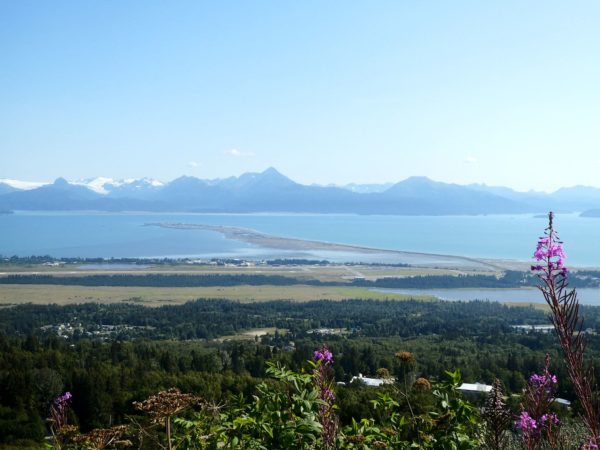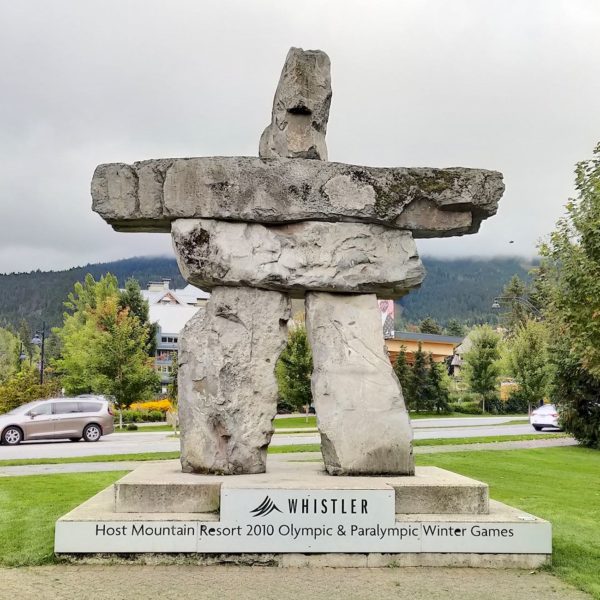
South of Williams Lake, we needed to choose among four routes heading further south through the mountains of southern BC. Though all four promised amazing views and mountains and crazy roads and funky towns, we could explore only one. We’re at that time in this year’s trip where we need to think about weather and getting back to Vermont before it snows (too much…)
Based purely on sentimental reasons, we decided on the Sea to Sky Highway. We’d drive it just for the name! As hard core skiers, it would be enough that this highway passes by Whistler-Blackcomb, the largest ski resort in North America, rated one of the top ski areas consistently since the 1990’s. It was also the site of one of the infamous annual ski trips of our early adulthood with friends Pat, Geoff, Harry and Karen. That was in 1997…
Continue reading “The Sea to Sky Highway”
